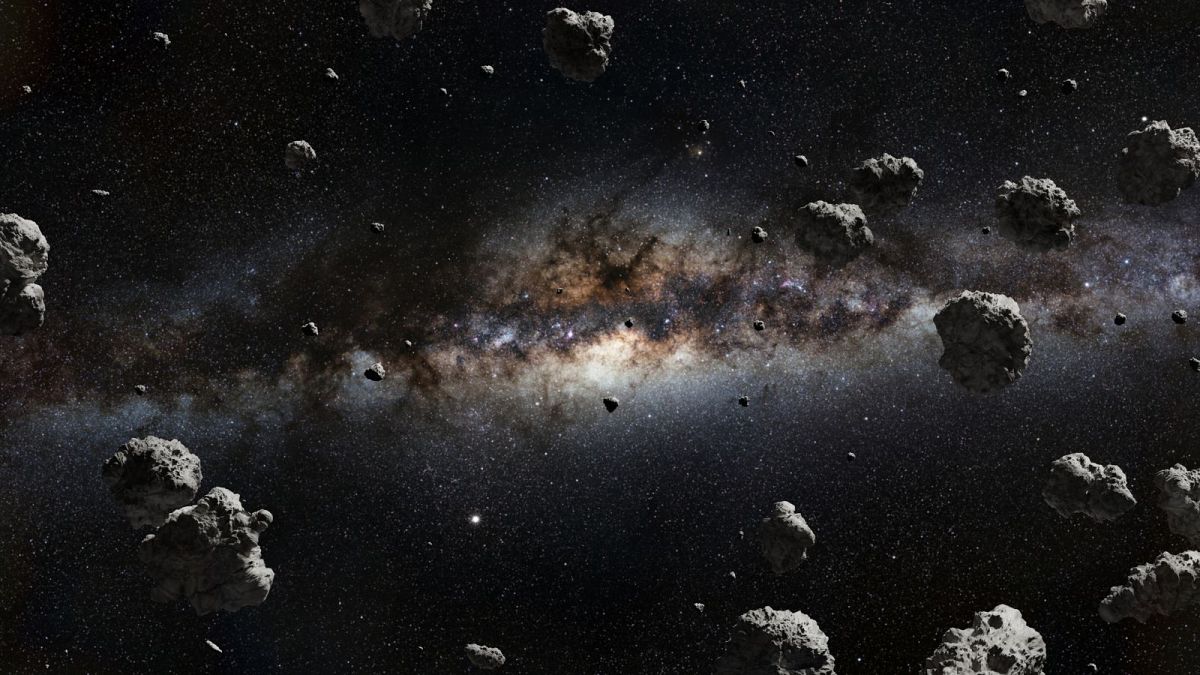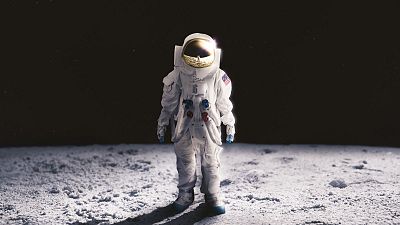HelioLinc3D, an asteroid discovery algorithm designed for the Vera Rubin Observatory in Chile, has identified its first potentially hazardous Earth-bound asteroid.
While artificial intelligence (AI) has generally been hailed as a means of improving our daily lives, some experts have warned about the potential existential threat it poses to humanity. Or does it?
A new AI-powered algorithm has detected a potentially hazardous asteroid (PHA) heading in Earth’s direction that other more old-school surveys - including the NASA-funded Asteroid Terrestrial-impact Last Alert System (ATLAS) - failed to find.
This new PHA named 2022 SF289, which is 600 feet in length and large enough to destroy a city, was detected while the asteroid-hunting algorithm was undergoing an efficiency test using data from the ATLAS survey in Hawaii.
The algorithm, called HelioLinc3D, was developed by the University of Washington and designed for the Vera C Rubin Observatory to uncover near-Earth objects (NEOs).
Located in Northern Chile and still under construction, the Vera C Rubin observatory is primarily funded by the US National Science Foundation and the US Department of Energy and is expected to achieve unprecedented results in asteroid detection.
With its massive mirror and huge 3,200-megapixel camera, Rubin’s observations would be able to detect even the faintest objects in the sky.
Conventional algorithms require four images to be taken a single night in order to determine if a moving object is in fact a rock. With the aid of the Rubin telescope, the software behind HelioLinc3D has helped to reduce the number of nightly observations by half.
“By demonstrating the real-world effectiveness of the software that Rubin will use to look for thousands of yet-unknown potentially hazardous asteroids, the discovery of 2022 SF289 makes us all safer,” said Ari Heinze, the principal developer of HelioLinc3D and a researcher at the University of Washington.
Within our solar system exists a significant number of celestial bodies varying in size and proximity to our planet. While most don’t represent any risk, some remain closer to Earth than others.
Also, known as NEOs, these objects need to be closely monitored to ensure they won’t collide with Earth and avoid a potentially devastating accident.
To date, telescopic surveys have so far detected 32,000 such objects, with the most dangerous - those likely to inflict severe damage to the planet - being more easily spotted. However, there are over an estimated 10,000 objects of at least 460 feet long in size still lying undiscovered that are too faint to detect.
“It took us about 200 years to go from one known asteroid to a million. Depending on when we start, it will take us between three and six months to double that,” Mario Jurić, the HelioLinc3D project’s team leader and an astronomer at the University of Washington, told the New York Times.
While this asteroid was classified as a “potentially hazardous asteroid” due to its size and proximity to Earth, it allegedly doesn’t pose any risk to Earth for the foreseeable future.



